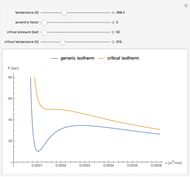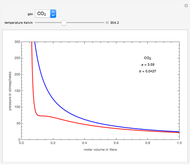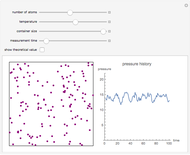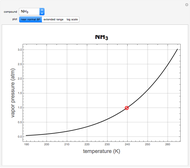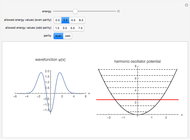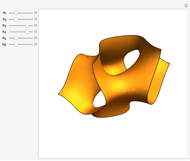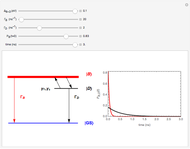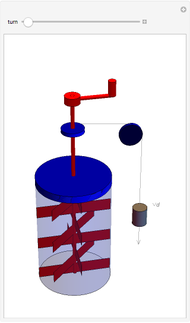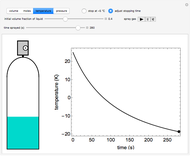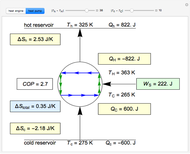Inversion Curve of Joule-Thomson Using the Peng-Robinson Cubic Equation of State

Requires a Wolfram Notebook System
Interact on desktop, mobile and cloud with the free Wolfram Player or other Wolfram Language products.
The Peng–Robinson cubic equation of state (CEOS) is used to calculate the inversion curve of the Joule–Thomson effect for any fluid. The alpha function is calculated using a generalized expression [2]. You can vary the acentric factor to see changes in the inversion curve.
Contributed by: Manuel G. Cerpa (April 2011)
Open content licensed under CC BY-NC-SA
Snapshots
Details
References
[1] D. Y. Peng and D. B. Robinson. "A New Two-Constant Equation of State," Industrial and Engineering Chemistry Fundamentals, 15(1), 1976 pp. 59–64.
[2] K. A. M. Gasem, W. Gao, Z. Pan, and R. L. Robinson, "A Modified Temperature Dependence for the Peng–Robinson Equation of State," Fluid Phase Equilibria, 181(1–2), 2001 pp. 113–125.







